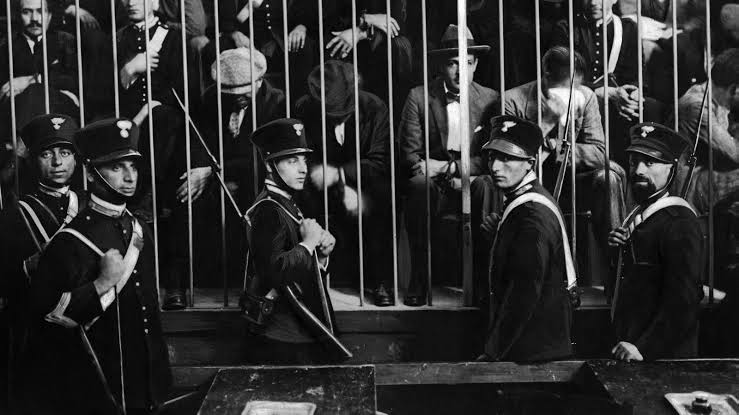History has never had a shortage of crime and criminals, but few were more fascinating than the crooks below. Take the designer of history’s first successful submarine, who ended his days as a grifter trying to peddle a death ray. Or the guy who had a bad experience with a giant nineteenth-century corporation, and retaliated with a crime spree of robbing its stagecoaches. Or a kinky Far Eastern romance that ended with what might be described as the unkindest cut of all. Following are thirty things about those and other historic crimes and criminals.

30. The Designer of History’s First Successful Submarine Turned to Crime
The American Civil War witnessed the first successful submarine attack that sank an enemy warship. It happened on February 17th, 1864, when the CSS Hunley, a 20-foot-long Confederate submersible with an eight-man crew, sank the 1240-ton USS Housatonic. The Hunley did not survive the attack, however, and sank with all of her crewmen. The idea of a Confederate submarine was the brainchild of Louisiana planter Horace Lawson Hunley, who used his own money and private funds raised from others. He got engineer James R. McClintock to design and build a submarine, and McClintock eventually built three.

Unlike Hunley, who drowned in the CSS Hunley, McClintock survived the war by not sailing in one of his creations. His first submarine was scuttled in New Orleans when the city fell to the Union in 1862. The second foundered and sank while attacking Union ships off Mobile. The third, the Hunley, sank twice and drowned thirteen crewmen, including Hunley, before sinking again while attacking the Housatonic and drowning another eight men. McClintock thus had a fascinating wartime resume. His postwar career, in which he turned to crime, was even more fascinating.

